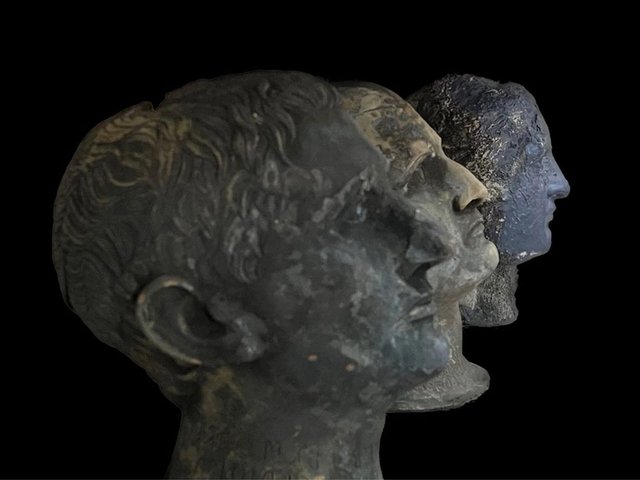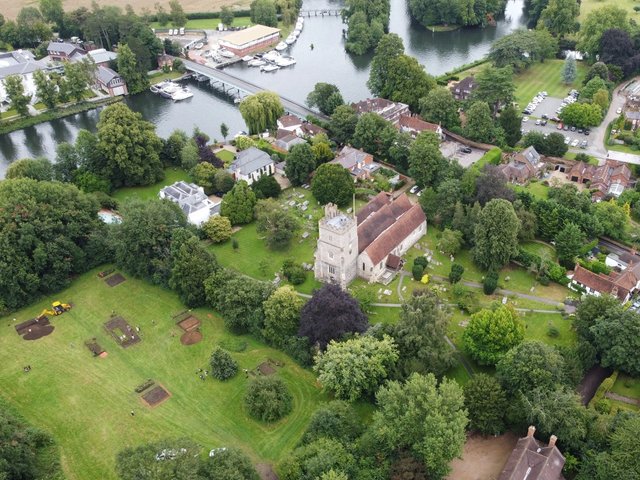A grave discovered in Northamptonshire has revealed the remains of a Saxon warrior and his armament for battle: an iron-crested helmet and a steel sword. Archaeologists working near the village of Wellingborough for the past eighteen months had already uncovered traces of a Roman vineyard capable of producing 15,000 bottles of white wine a year. The latest find is thought to date from around AD 650, long after tribes of invading Saxons had overpowered the previous Romano-Celtic civilisation. The rusted helmet has a nose guard, crescent-shaped cheek protectors, and is topped by a crest in the form of a boar. This animal, referred to several times in the Saxon saga of Beowulf, represented the Germanic deity Freyr who was invoked for protection in combat. The warrior is believed to have been of noble rank as lesser soldiers relied on leather casques to protect themselves against enemy swords. Analysis of his teeth has revealed him to have died at middle age. Only three similar helmets have been retrieved in Britain including one discovered at Sutton Hoo in Suffolk in 1939 and now in the collection of the British Museum. The Northamptonshire excavations have been subsidised by Australian developers Pioneer Aggregates who are to pay for conservation of the discovered objects.
Antiquities & Archaeologyarchive
Saxon warrior discovered in Roman vineyard
The find dates from around AD 650
31 May 1997




